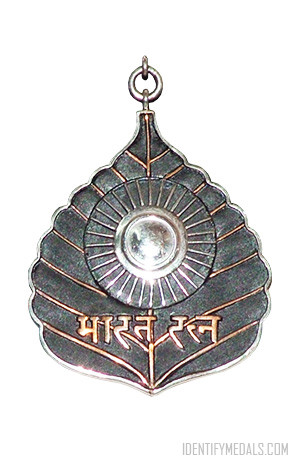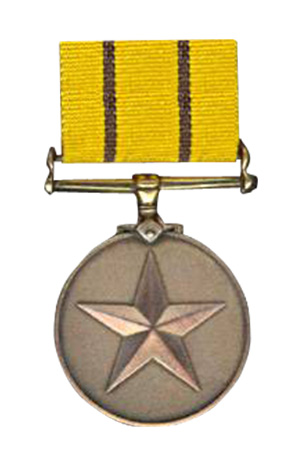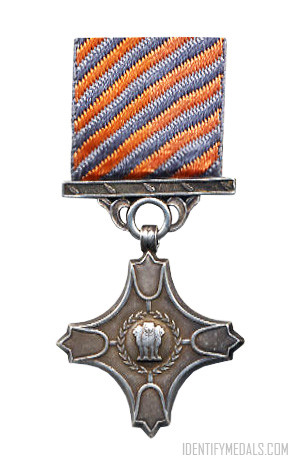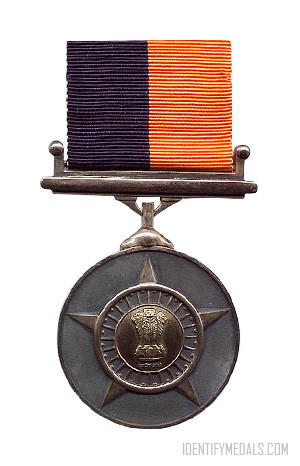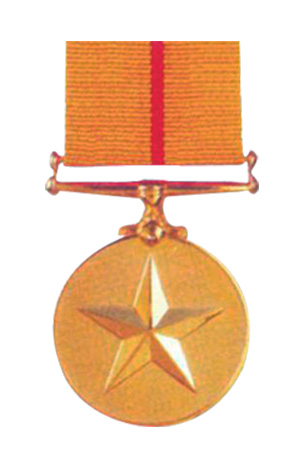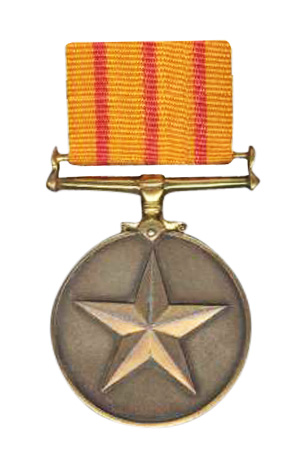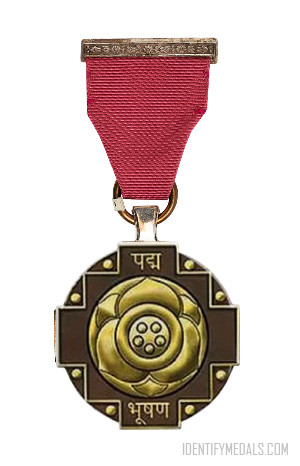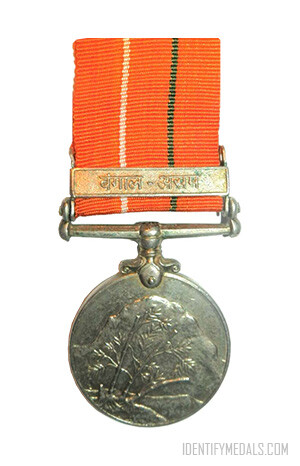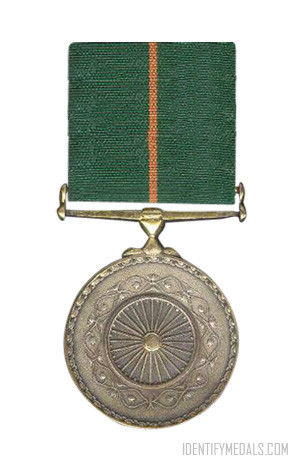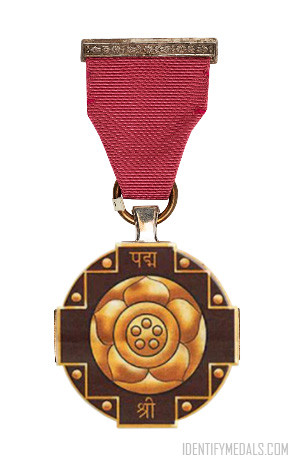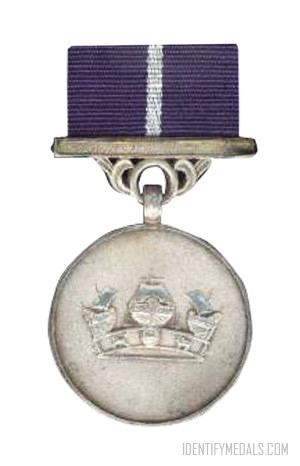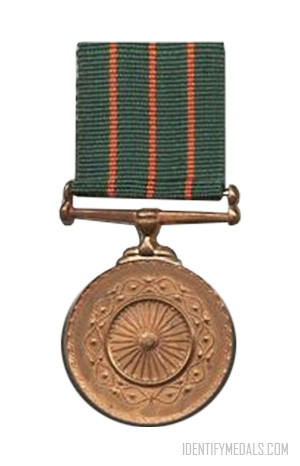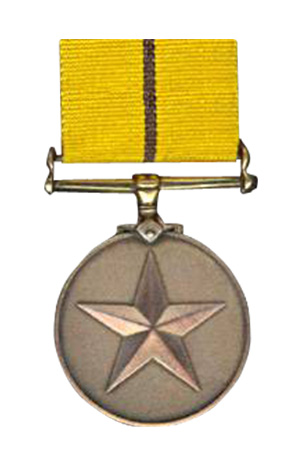The Bharat Ratna Award is the highest civilian award of the Republic of India. It was established on 2 January 1954 and it is awarded for exceptional service or performance of the highest order.
Although the honor was originally limited to achievements in the arts, literature, science, and public services, in 2011 the Indian government expanded the criteria to include “any field of human endeavor“. People of any race, occupation, position, or sex can receive this award.
The recommendations for the Bharat Ratna award are made by the Prime Minister to the President. There’s a maximum of three nominees awarded per year. Several bestowals of the award, such as that of K. Kamaraj (1976) and M. G. Ramachandran (1988) have met with criticism.
The Bharat Ratna Design
The original award (1954) was specified as a circle measuring 35 mm (1 3⁄8 inches) in diameter and made of gold.
The obverse has a sun burst design, the text “Bharat Ratna“, in Devanagari Script inscribed on the upper edge in silver gilt, and a wreath set along on the lower edge. The reverse bears the platinum State Emblem of India in the center as well as the national motto, “Satyameva Jayate” in Devanagari Script (सत्यमेव जयते in Sanscrit; lit. “Truth alone triumphs“) inscribed in silver-gilt on the lower edge.
This design was modified in 1955. The current medals has the shape of a peepal leaf, measures approximately 59 mm (2 5⁄16 inches) long, 48 mm (1 7⁄8 inches) wide and 3.2 mm (1⁄8 inches) thick and it’s rimmed in platinum.
The obverse has an embossed sun burst design made of platinum, with rays spreading out, and the words “Bharat Ratna”. The reverse bears the sane design as the 1954 version and the inscription “Satyameva Jayate”.
The ribbon is white.

